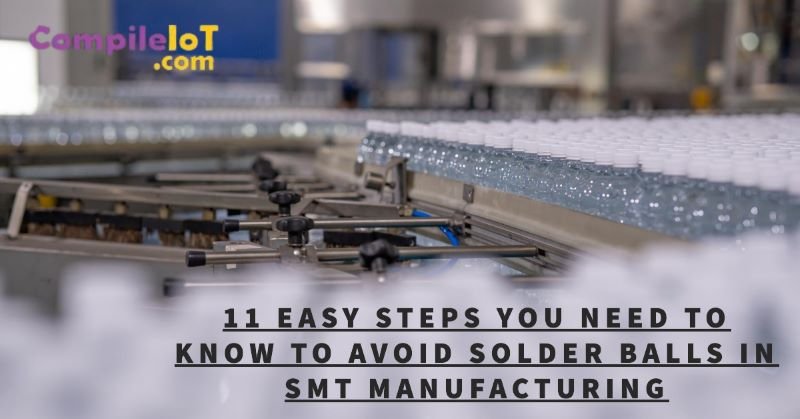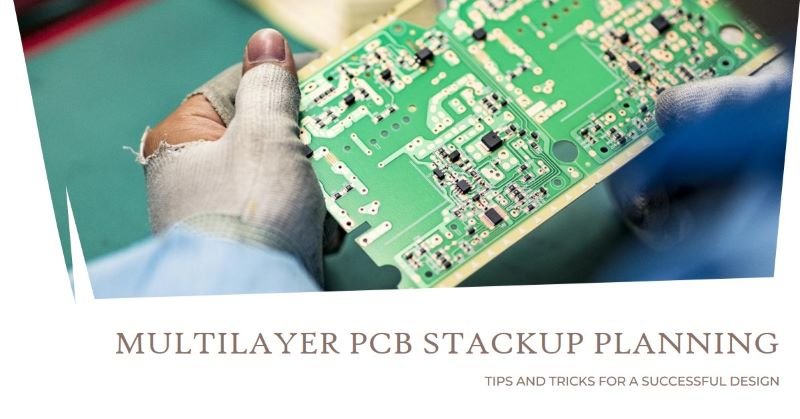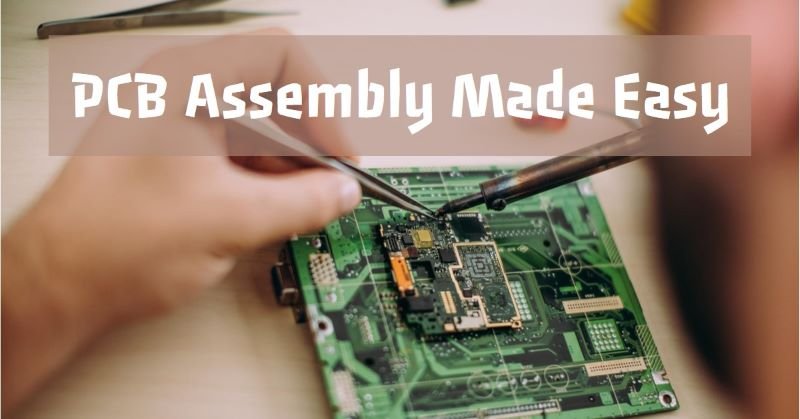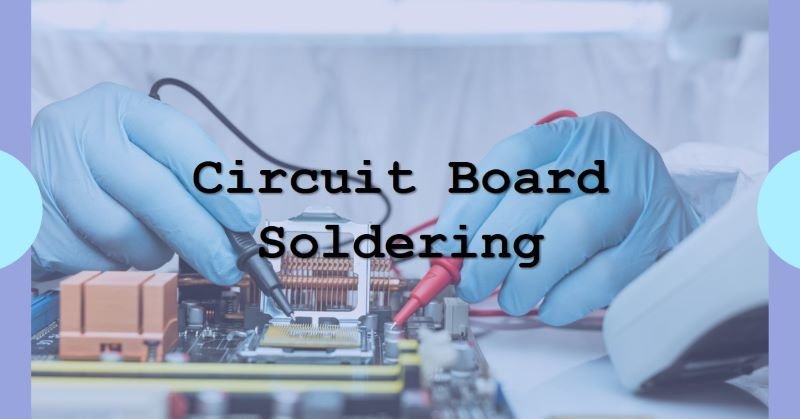11 Easy Steps You Need To Know To Avoid Solder Balls In SMT Manufacturing
Introduction
In surface mount technology (SMT) manufacturing, solder balls can be a common issue that can affect the quality and reliability of electronic components. Solder balls are small balls of solder that can form on the surface of a PCB during the soldering process. These solder balls can cause short circuits and other problems if not addressed properly. In this article, we will discuss 11 easy steps that you need to know to avoid solder balls in SMT manufacturing. But firstly get an overview of what are solder balls!
What are Solder Balls?
Solder balls, also known as solder spheres or solder bumps. They are small spherical pieces of solder that are commonly used in electronic manufacturing processes. They are typically made of a tin-lead alloy or a lead-free solder material, depending on the specific requirements of the application.
How Do Solder Balls Form?
Solder balls can form during the soldering process due to a variety of factors. One common cause is the presence of excess solder paste or flux on the printed circuit board (PCB) or the component being soldered. When the excess solder is heated, it can form into small droplets or balls.
Another factor that can contribute to the formation of solder balls is the reflow process itself. During reflow soldering, the solder paste on the PCB undergoes a phase change from solid to liquid and then back to solid. If the solder paste is not properly applied or if there are inconsistencies in the heating or cooling process, it can result in the formation of solder balls.
In addition, the surface tension of the molten solder can also play a role in the formation of solder balls. As the solder melts and becomes liquid, it naturally tends to form into spherical shapes due to the forces of surface tension. If the conditions are not ideal or if there are contaminants present, the solder can form into undesired ball shapes.
Steps for Avoiding Solder Balls in SMT Manufacturing
Here we discussed about the 11 easy steps for avoiding solder balls during SMT manufacturing:
1. Use the Right Solder Paste
The type and quality of solder paste used in the SMT manufacturing process can have a significant impact on the formation of solder balls. It is important to use a solder paste that has a low tendency to form solder balls. Consult with your solder paste supplier to ensure that you are using the right type of solder paste for your specific application.
2. Optimize Stencil Design
The stencil used for applying solder paste onto the PCB plays a crucial role in preventing solder ball formation. Ensure that the stencil design is optimized to provide the right amount of solder paste for each component pad. This will help minimize the chances of excess solder paste forming into solder balls.
3. Control the Solder Paste Thickness
Controlling the thickness of the solder paste deposition is important in preventing solder ball formation. If the solder paste is too thick, it can lead to excessive solder volume, increasing the chances of solder balls. Use a consistent and controlled solder paste thickness to minimize this issue.
4. Optimize Reflow Profile
The reflow profile, which determines the temperature and time during the soldering process, can also affect the formation of solder balls. It is important to optimize the reflow profile to ensure that the solder paste fully reflows without causing excessive solder ball formation. Consult with your reflow oven manufacturer for guidance on optimizing the reflow profile.
5. Ensure Proper Component Placement
Incorrect component placement can lead to solder ball formation. Ensure that the components are placed accurately on the PCB pads before soldering. Use automated pick-and-place machines or manual inspection to verify the component placement.
6. Avoid Component Tilting
Component tilting during the soldering process can cause solder balls to form. Ensure that the components are securely held in place during soldering to prevent any movement or tilting. This can be achieved through the use of appropriate fixtures or by using adhesive tapes to hold the components in place.
7. Control Solder Paste Volume
Excessive solder paste volume can lead to the formation of solder balls. Ensure that the right amount of solder paste is applied to each component pad. Use automated solder paste dispensing systems or manual inspection to control the solder paste volume accurately.
8. Minimize Solder Bridging
Solder bridging, which occurs when solder connects adjacent pads or leads, can contribute to solder ball formation. Minimize solder bridging by ensuring proper spacing between pads and leads. Use design guidelines provided by component manufacturers to determine the optimal pad and lead spacing.
9. Implement Proper Cleaning Procedures
Residual flux or contaminants on the PCB surface can contribute to solder ball formation. Implement proper cleaning procedures to remove any flux residues or contaminants before the soldering process. Use appropriate cleaning agents and methods recommended by the solder paste and PCB manufacturers.
10. Inspect and Test for Solder Balls
Regularly inspect and test the PCBs for solder balls after the soldering process. Use visual inspection, automated optical inspection (AOI), or X-ray inspection to detect any solder balls. Implement a robust quality control process to identify and address any solder ball issues promptly.
11. Continuously Improve and Learn
SMT manufacturing is a complex process, and avoiding solder balls requires continuous improvement and learning. Stay updated with the latest industry trends, technologies, and best practices. Attend training programs, conferences, and workshops to enhance your knowledge and skills in SMT manufacturing.
Conclusion
Solder balls can be a common issue in SMT manufacturing, but by following these 11 easy steps, you can significantly reduce the chances of solder ball formation. Remember to use the right solder paste, optimize stencil design, control solder paste thickness, optimize the reflow profile, ensure proper component placement, avoid component tilting, control solder paste volume, minimize solder bridging, implement proper cleaning procedures, inspect and test for solder balls, and continuously improve and learn. By implementing these steps, you can enhance the quality and reliability of your SMT manufacturing process.








